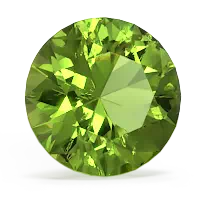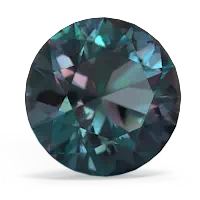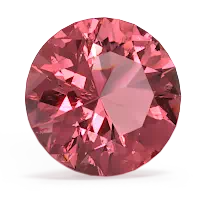


Legends say that wearing a peridot pendant can bring happiness and contentment. Set in gold and surrounded with diamonds, the power of a peridot is said to intensify. Although a relatively new gem, alexandrite is said to bring pleasure and love. Wear a created alexandrite pendant to attract the man of your dreams. Tourmaline symbolizes wisdom, strength of mind and eloquence. Wear a pink tourmaline pendant to become a more confident and impressive individual.